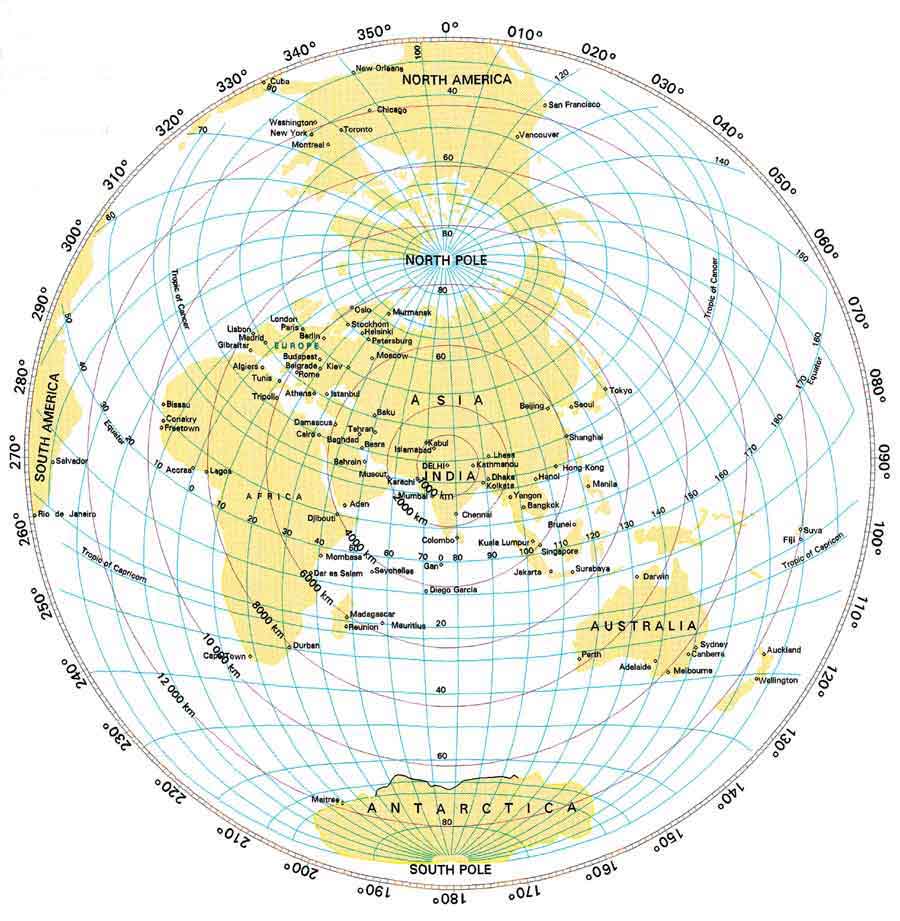Multipolarity is the new buzzword among political leaders. In the totality of geopolitical transitions during recent years, Indo-Pacific has emerged as the global strategic centre of gravity.
Indo-Pacific has assumed strategic importance because of the rise of China as the economic and military power with a vast outreach in all continents. China has learnt that assertive politics is a natural corollary of a strong economy. She is aware of the numerous complications to which its vibrant economy and belligerent politics have given birth jointly. The most significant one is the China-US hegemonic tussle.
Perhaps an important outcome of Russia’s war in Ukraine is that the prospects for a multipolar world have become brighter. It could hasten the transition, while the US and its western allies have castigated Russia for war in Ukraine, China and India have declined to join the team.
The signatories to the condemnation resolution against Russia have no strong argument to single out India for not signing the resolution when India is and has been one of the frontline votaries of peaceful co-existence and the right of the people to sovereignty and territorial integrity. The Indian government and the Indian External Affairs Minister have clarified more than once that condemnation resolutions and the imposition of sanctions by way of punitive measures would only complicate the issue instead of cooling down the tension.
It appears that the US and its allies know only the tactics of exacerbating the tension just because they want to quash the concept of multipolarity without understanding the consequences of circumstances they created to force Moscow to take action.
Only a week ago, the British government announced that it will supply depleted uranium (DU) ammunition to Ukraine for its Challenger 2 tanks. An arrangement was made with the US, which agreed to supply Abram tanks to Ukraine to be armed with depleted uranium ammunition “tank busting” rounds.
The ammunition in question is technically called amour-piercing fin-stabilized discarding sabot (APFSDS) long dart penetrator ammunition. This ammunition is highly valued by the military because the DU penetrator is self-sharpening and pyrophoric. It is highly effective against enemy tanks.
This matter needs to be debated thoroughly. Two questions need to be dealt with. The first is that even if it is depleted uranium, does anybody, other than the manufacturers or suppliers, know to what level it is depleted? Those in favour of using DU weapons argue that these contain less fissile material than natural uranium. The fact is that what it contains is not much less. The fact is that DU is used in a highly compact form, generally to help penetrate armour and other hardened structures.
While field studies are inconclusive, those opposing the use of ammunition assert that DU metal fragments in the soil and DU dust in the air can cause numerous health problems, including cancer. Even naturally occurring uranium is said to be a toxic material.
One study has concluded that “The aerosol produced during impact and combustion of depleted uranium munitions can potentially contaminate the wide area around the impact sites or can be inhaled by civilians and military personnel.”
There is some evidence to show that DU ammunition played a role in the so-called Gulf War syndrome and impacts bone marrow density in soldiers hit by DU fragments. The US has used DU in the war in Syria, Iraq, Afghanistan, Bosnia and Kosovo. During the war in Iraq in 1991 it is reported that 782,414 DU rounds were fired. Curiously, both the US and the UK have rejected calls to ban depleted uranium weapons.
The A-10 is perhaps best known for its fearsome GAU-8 Avenger 30mm Gatling gun mounted on the nose. Last year, Ukraine asked for 100 A-10jets from the US and is reported to be secretly training to use the aircraft in combat. If a Crimea offensive takes place, the A-10 may be moved into Ukraine and flown by a combination of Ukraine pilots by volunteer former US Air Force Pilots.
Quite interestingly, the US Air Force wants to dump the A-10 as the relic of the cold war and is unlikely to survive in a dense air defence environment. It has said that it wants to get rid of the A-10. Therefore, the USAF has found relief by shifting the A-10 to Ukraine.
The US and its allies have been feeling that Ukraine may not be able to withstand the attrition which Putin very much desires. The Russian armour can put Ukrainian defenders on the back foot. Therefore, something had to be done to blunt the teeth of Russian armour The British found a way out and hence the supply of DU ammunition.
There are two important aspects to the British move. Putin said at the beginning of the war that Russia may not be able to win the war with traditional weaponry which the US and its European allies will supply Ukraine. But he cautioned that Russia was far ahead in its nuclear arsenal in comparison. We believe the US and its allies take Putin seriously. It would be folly to underestimate Putin’s warning.
Lastly, and most importantly, it must be remembered that the first atomic bomb was dropped by a democratic country and not an authoritarian regime on a non-nuclear country. If God forbid, the authoritarian regime is provoked to take recourse to the nuclear option, it may end up in Armageddon, the last battle between good and evil.





